Refine listing
Actions for selected content:
17000 results

A Visitor's Guide to the Kitt Peak Observatories
-
- Published online:
- 28 October 2009
- Print publication:
- 22 April 2004
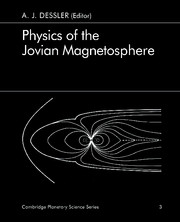
Physics of the Jovian Magnetosphere
-
- Published online:
- 27 October 2009
- Print publication:
- 28 January 1983
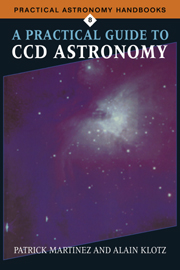
A Practical Guide to CCD Astronomy
-
- Published online:
- 27 October 2009
- Print publication:
- 28 November 1997

Masks of the Universe
- Changing Ideas on the Nature of the Cosmos
-
- Published online:
- 27 October 2009
- Print publication:
- 08 May 2003
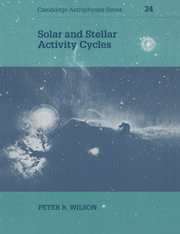
Solar and Stellar Activity Cycles
-
- Published online:
- 27 October 2009
- Print publication:
- 26 May 1994
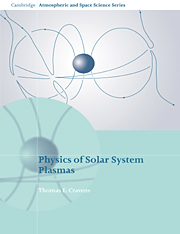
Physics of Solar System Plasmas
-
- Published online:
- 26 October 2009
- Print publication:
- 28 September 1997
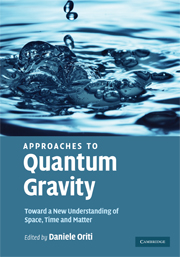
Approaches to Quantum Gravity
- Toward a New Understanding of Space, Time and Matter
-
- Published online:
- 26 October 2009
- Print publication:
- 05 March 2009
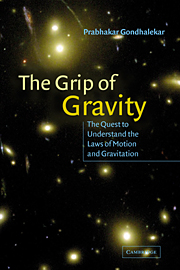
The Grip of Gravity
- The Quest to Understand the Laws of Motion and Gravitation
-
- Published online:
- 24 October 2009
- Print publication:
- 23 August 2001

Cosmic Odyssey
-
- Published online:
- 23 October 2009
- Print publication:
- 07 September 1989
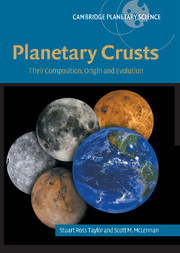
Planetary Crusts
- Their Composition, Origin and Evolution
-
- Published online:
- 22 October 2009
- Print publication:
- 18 December 2008
2 - Exact solutions of Einstein's equations that are used in cosmology
- from I - THEORETICAL BACKGROUND
-
- Book:
- Structures in the Universe by Exact Methods
- Published online:
- 20 January 2010
- Print publication:
- 22 October 2009, pp 11-54
-
- Chapter
- Export citation

A Decade of Extrasolar Planets around Normal Stars
- Proceedings of the Space Telescope Science Institute Symposium, held in Baltimore, Maryland May 2–5, 2005
-
- Published online:
- 22 October 2009
- Print publication:
- 05 June 2008
Contents
-
- Book:
- Structures in the Universe by Exact Methods
- Published online:
- 20 January 2010
- Print publication:
- 22 October 2009, pp vii-x
-
- Chapter
- Export citation
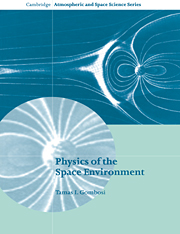
Physics of the Space Environment
-
- Published online:
- 22 October 2009
- Print publication:
- 13 October 1998
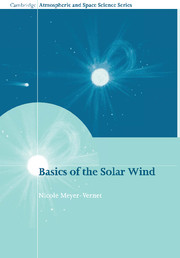
Basics of the Solar Wind
-
- Published online:
- 22 October 2009
- Print publication:
- 18 January 2007
4 - Structure formation
- from II - APPLICATIONS OF THE MODELS IN COSMOLOGY
-
- Book:
- Structures in the Universe by Exact Methods
- Published online:
- 20 January 2010
- Print publication:
- 22 October 2009, pp 91-136
-
- Chapter
- Export citation
References
-
- Book:
- Structures in the Universe by Exact Methods
- Published online:
- 20 January 2010
- Print publication:
- 22 October 2009, pp 217-227
-
- Chapter
- Export citation
5 - The cosmological constant and coincidence problems
- from II - APPLICATIONS OF THE MODELS IN COSMOLOGY
-
- Book:
- Structures in the Universe by Exact Methods
- Published online:
- 20 January 2010
- Print publication:
- 22 October 2009, pp 137-183
-
- Chapter
- Export citation
1 - The purpose of this book
-
- Book:
- Structures in the Universe by Exact Methods
- Published online:
- 20 January 2010
- Print publication:
- 22 October 2009, pp 1-8
-
- Chapter
- Export citation
3 - Light propagation
- from I - THEORETICAL BACKGROUND
-
- Book:
- Structures in the Universe by Exact Methods
- Published online:
- 20 January 2010
- Print publication:
- 22 October 2009, pp 55-88
-
- Chapter
- Export citation
